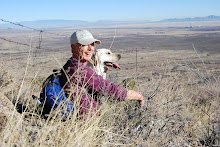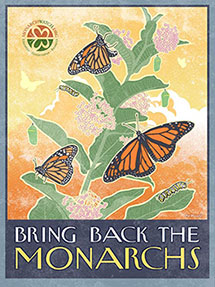My first order of business when I get up in the morning is to feed birds and horses. Right now it is still dark at 5:30 so I have borrowed Dan's head lamp to help me see what I am doing. So fun to see what all you miss in the dark!
One of the animals profiting from me putting out birdseed, other than the birds, is the resident wood rat who lives in the nearby agave, but as soon as I lift the lid off the metal garbage can that holds the seed a small army of kangaroo rats scurries around my feet.
Ours look super healthy, which is not surprising as they are getting a small amount of sunflower seeds and chicken scratch along with the birds. They are so tame I have to be careful to not step on any of those beautiful long tails. They remind me of little windup toys and seeing them leap to stay out of each other's, and my, way is amazing.
Kangaroo rats are true desert dwellers who almost exclusively eat seeds which they first hide in fur-lined cheek pouches and then in underground granaries. They seal off the granaries from the outside to preserve them and keep them from drying out. They rarely drink and extract all the moisture they need from the seeds.
Right now there are about a dozen of them, and they are no doubt reproducing at a good clip but they are also on the menu of a variety of other animals that hang around our place: great horned owls, coyotes, bobcats, badgers so I have confidence I will not find one in my sock drawer anytime soon.












